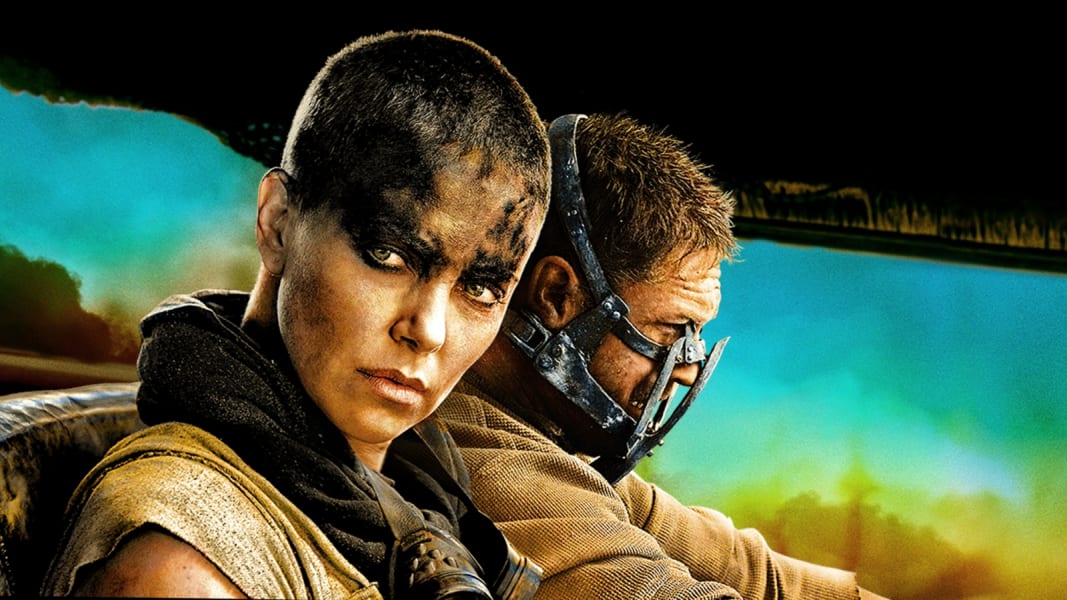

I asked if he wanted to come down and work on it. George Miller: I got in touch with Brendan McCarthy, a wonderful artist who had sent me some terrific drawings of Mad Max. We said "here." She had to find the two hours that made up THAT. It was dumped in the lap of Margaret Sixel, the editor, who happens to be my partner, who was back in Australia. Here you just run the cameras, so there's a lot of wasted footage.

for every explosion you had to get your crew out, the guy who started the camera, you've got to get them out.

In the old days, with a high-speed camera, you'd burn up your celluloid in very quick time, here you can run it for 40 minutes at a time. With digital cameras you can just run them through. That's three weeks continuous, watching without sleep. Plus, you didn't have to wait for it-you pull off a stunt, check your cameras, and there you go.īecause of the digital cameras we shot - this is ridiculous - we shot 480 hours of footage. Even if you did it really well, people wouldn't know it. "But unfortunately," he added, "this is a type of film that is quite destructive, racing vehicles and such over different sites.George Miller: You couldn't make this as a CG movie. "It's still being reviewed by other scientists."īrady said other films had been filmed in the same area before it was designated a national park. It's difficult and premature to make judgments," said the co-ordinator Rob Brady. The coastal watchdog Nacoma (the Namibian Coast Conservation and Management Project) said the leaked report had been commissioned by the government in response to complaints during filming, but that it was just a draft that still needed to be finalised. In response to reports about the alleged damage, the commission placed a full-page advertisement in a state-owned newspaper denying the claims. "We don't want a bad image painted of our country, especially when the allegations are unverified and untrue," she said. The government-run Namibia Film Commission is concerned the negative publicity will damage its lucrative film industry.įlorence Haifene, the commission's executive secretary, said all the environmental requirements had been met. Henschel said the film studio had hired a scientific team of its own to deal with the situation. "They are doing the best of what they can do under the circumstances, but they can't undo the damage done, to the environment and their reputation," he said. He said the film crews had driven over untouched areas of the desert, and then tried to erase their tracks by sweeping the area smooth. Henschel said the decision to grant permission to film was made before the country's newest enviromental legislation was promulgated. "It all happened without an environmental impact assessment," he said, "so it's difficult to assess the extent of the impact without a baseline." The independent researcher appointed to write the report, the ecological scientist Joh Henschel, says public consultation prior to filming was insufficient. Scientists estimate the area to be between 50m and 80m years old.Ī leaked environmental report claims film crew damaged sensitive areas meant to be protected, endangering reptiles and rare cacti. The film, the fourth Mad Max feature, was shot in the Dorob national park, in the Namib desert, along southern Africa's Atlantic coast.


 0 kommentar(er)
0 kommentar(er)
